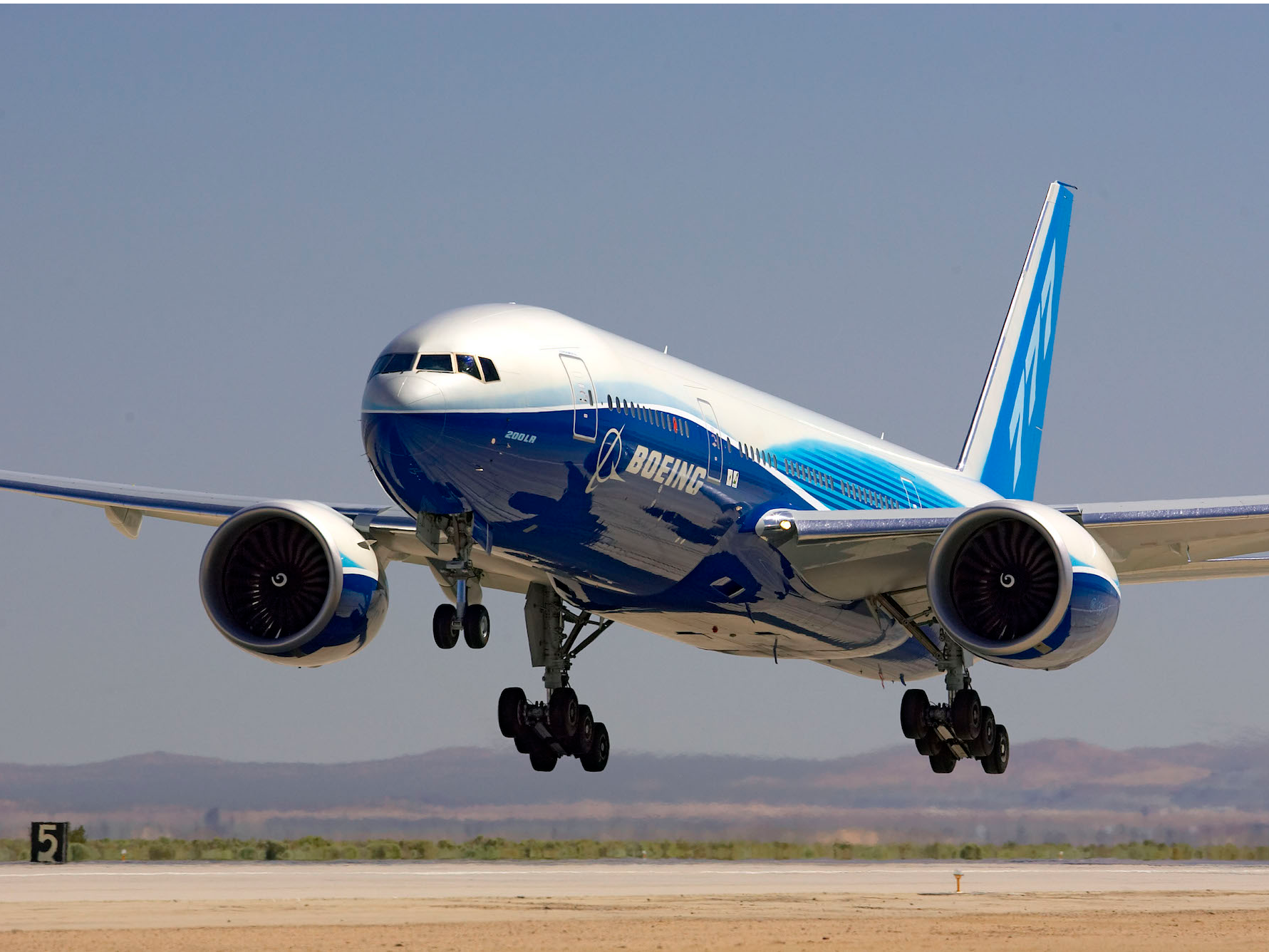- The Boeing 777 is one of the most successful and revolutionary airplanes in aviation history.
- The 777 helped usher in the era of the modern twin-engine, wide-body airliner that effectively rendered four-engined jumbos like the 747 obsolete.
- It’s also the first computer-designed airliner.
- Boeing has taken more nearly 2,000 orders for the 777, making it the best selling wide-body airliner in aviation history.
This week in 1994, the Boeing 777 airliner made its first flight – kicking off a career that would revolutionize the airline industry.
Once every few decades, an airplane comes along and simply redefines what a modern airliner is capable of delivering for airlines and its passengers. In 1957, Boeing changed the game with its first jet-powered airliner, the 707. In 1969, Boeing turned the airline industry upside down with the introduction of the 747 jumbo jet. In 1994, Boeing did it again with the 777.
In the two decades since its first flight, the 777 has become the trusty long-haul workhorse for the world’s international airlines.
In the early days of jet-powered commercial flight, traditional thinking dictated that there is safety in numbers. As result, long-haul flying was dominated by three and four-engine jetliners.
With modern airframes and turbofan engines becoming exponentially more reliable, US and international regulators have relaxed rules that limited the routes twin-engine airliners could fly. These rules changes have helped smaller, twin-engine jetliners such as the Boeing 777, 767, 787 as well as the Airbus A330 and A350 become the airplanes of choice for airlines around the world. In the process, the Boeing 777 helped render the jumbos like the iconic 747 obsolete.
Through May of 2018, Boeing has sold a whopping 1,971 777s - making it the best-selling wide-body jetliner in aviation history. It's also the second best selling airliner in Boeing history behind only the 737.
Here's a closer look at the history of the Boeing 777.
The Boeing 777's journey began in October of 1990 with an order from United Airlines for a twin-engine wide-body airliner larger than Boeing's 767...
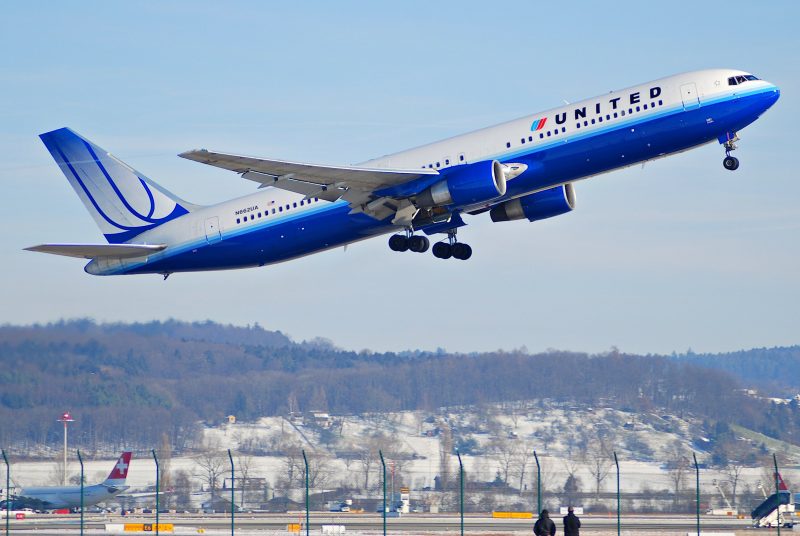
... But smaller than the iconic 747 jumbo jet.
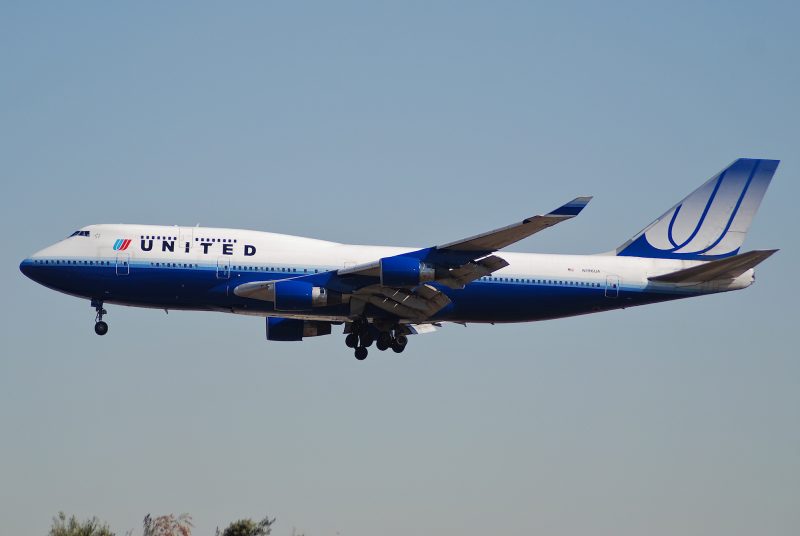
Leading the 777 program was its general manager Alan Mulally. In 2006, Mulally left Boeing to become CEO of the Ford Motor Company.

During his eight years in charge of Ford, Mulally successfully guided the company through the dark days of the financial crisis without the need of a government bailout. The former 777 project manager is generally considered the best CEO in Ford history not named Henry Ford.
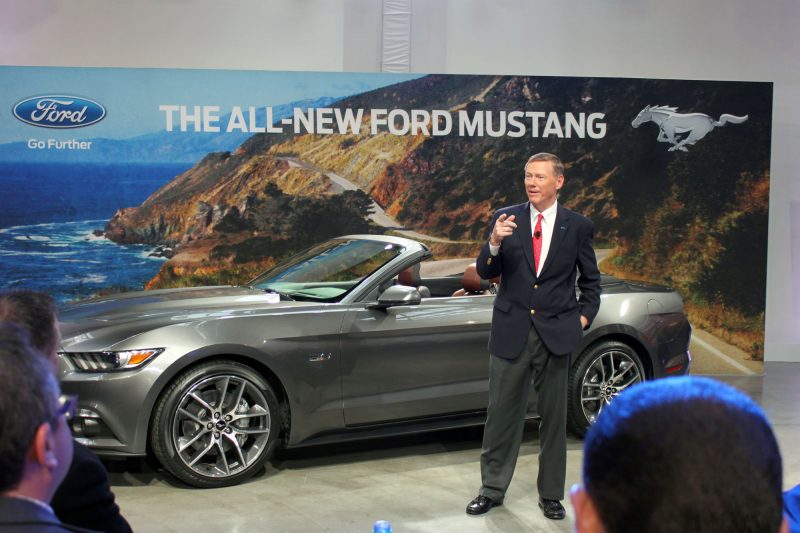
From the start, Boeing knew the 777 would be special. It was the first airliner to be designed completely using a computer.
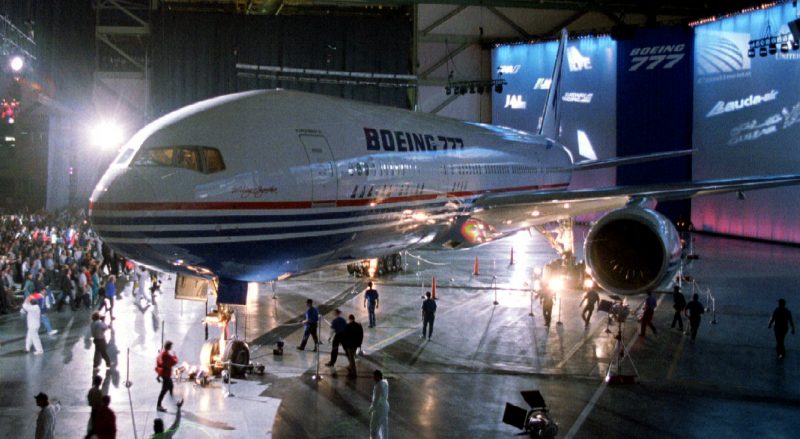
Using 3D computer graphics, Boeing was able to digitally pre-assemble the 777, foregoing the need for costly and time-consuming clay models.
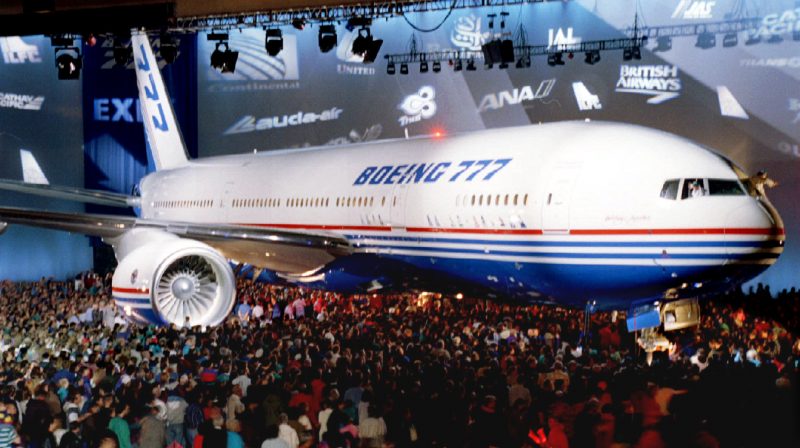
To produce the 777, Boeing selected its Everett, Washington production facility.
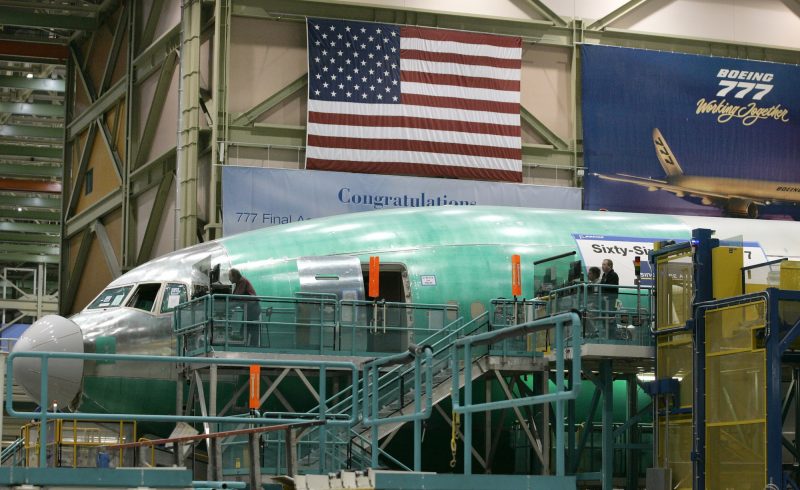
Even though the 777-200 is smaller than the 747, it is still a massive airplane at 209 feet long with a 191-foot wingspan. The airplane weighs 506,000 lbs.
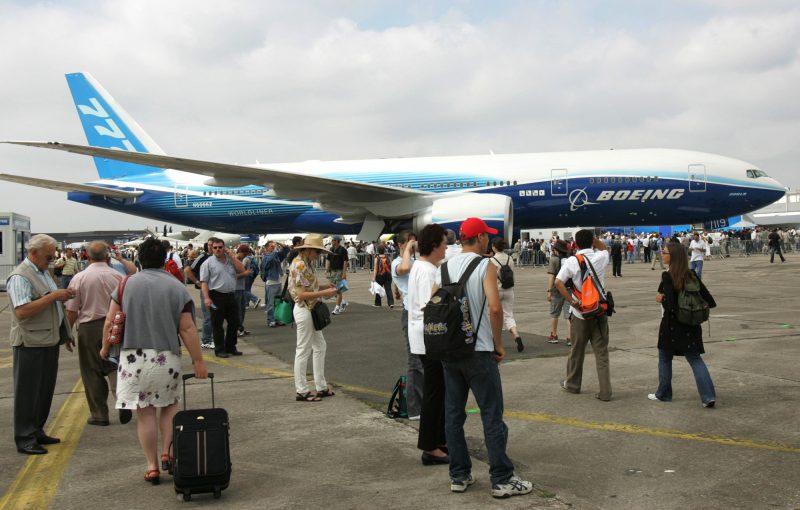
The jet's high bypass turbofan engines built by Rolls-Royce, Pratt & Whitney, and GE are the largest engines ever installed on an airliner.
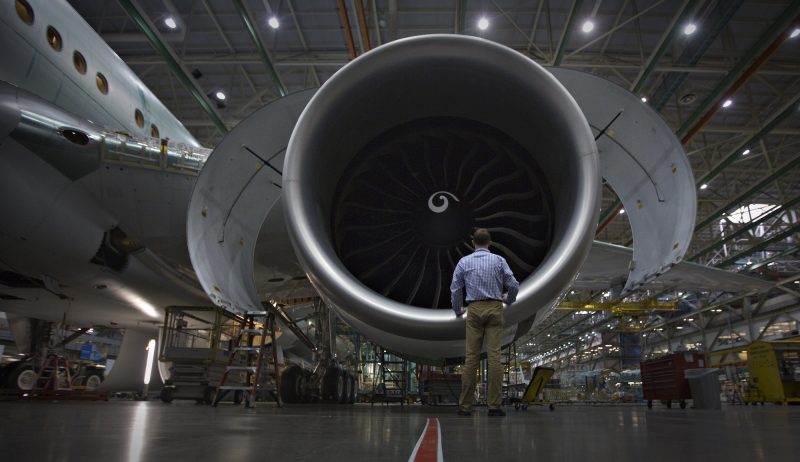
Here is one of the 777's signature triple axle main landing gears.
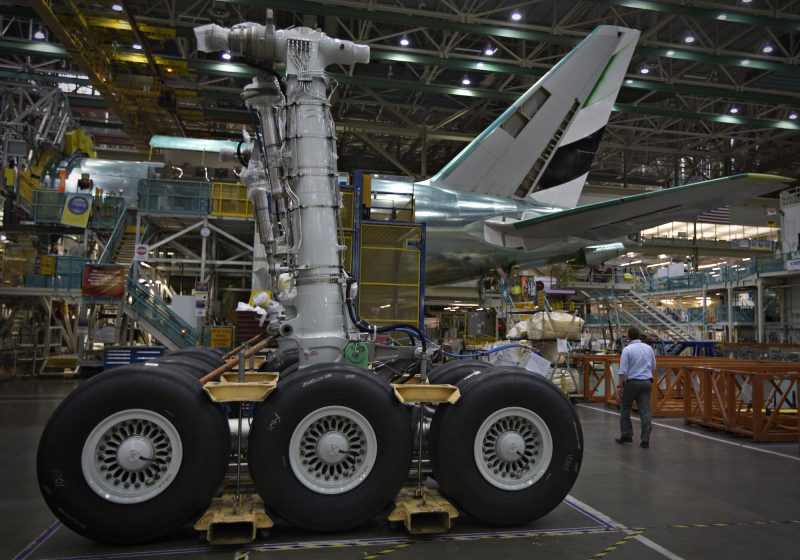
The 777-200 featured a state-of-the-art two-person digital cockpit.
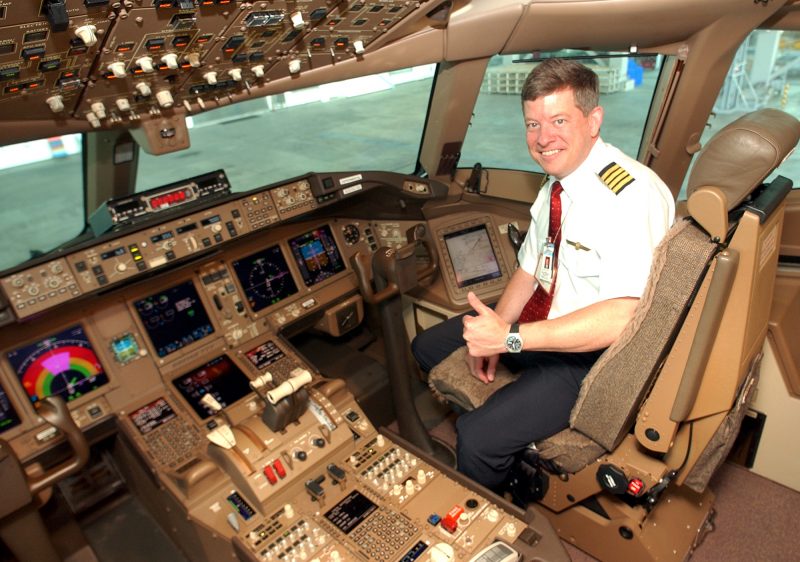
Premium cabin passengers are treated to lie-flat seating.
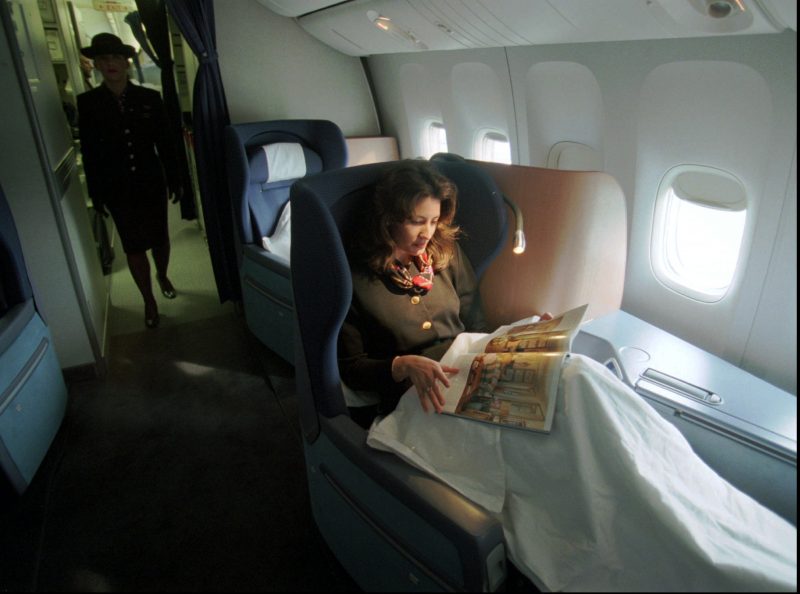
In the back, passengers are treated to a more comfortable and quiet ride with greater in-flight entertainment options.
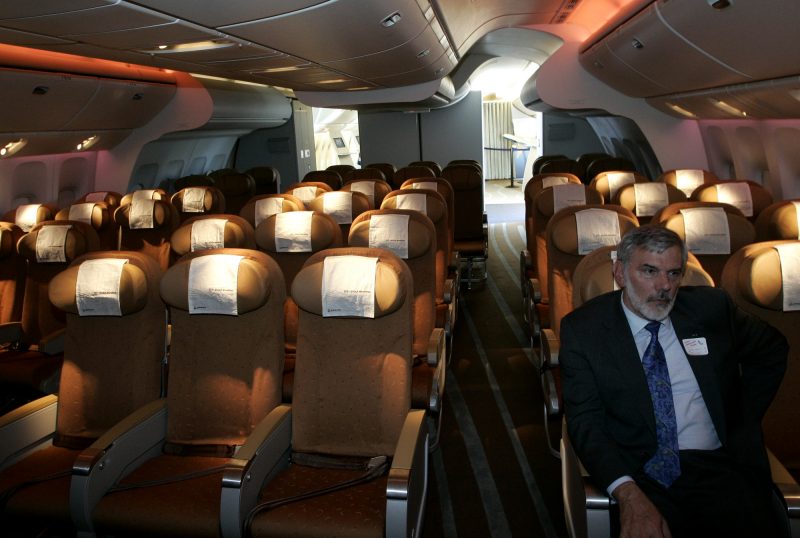
On June 12, 1994, all of Boeing's hard work came to fruition with the first flight of the Boeing 777-200.
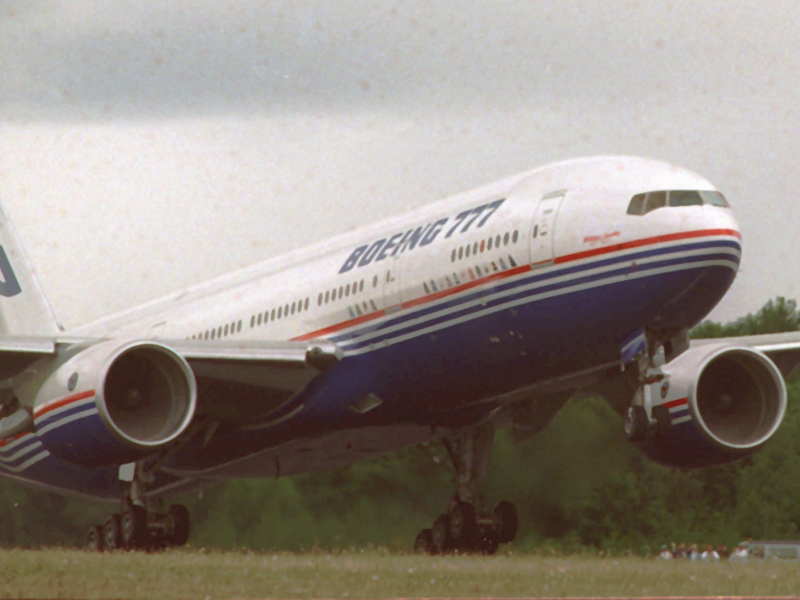
The resulting aircraft could carry 305 to 440 passengers up to 8,270 miles. The Dash 200 could cruise at 615 mph and fly at 37,900 ft.
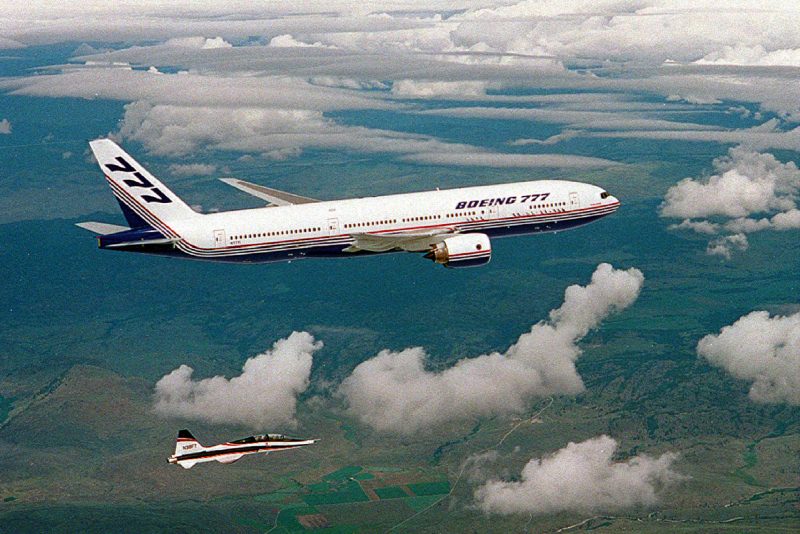
In June 1995, the 777-200 entered service with United Airlines— marking the start of the plane's game-changing career.
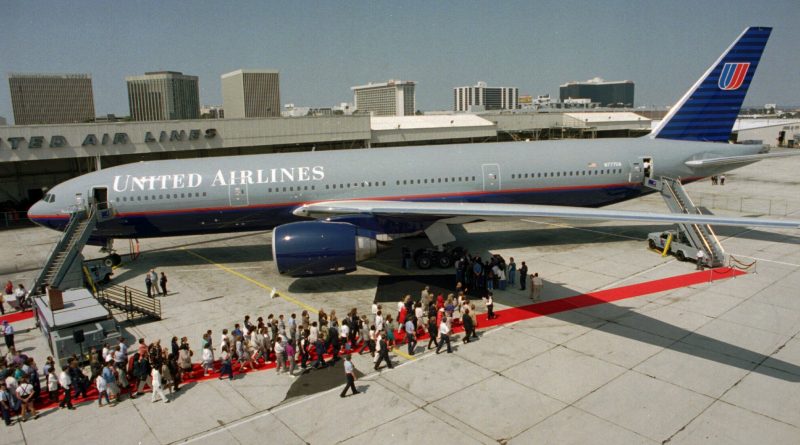
Traditionally, the prevailing logic in long haul flying has been that there's safety in the number of engines a plane has. As a result, planes such as the four-engined Boeing 707,...
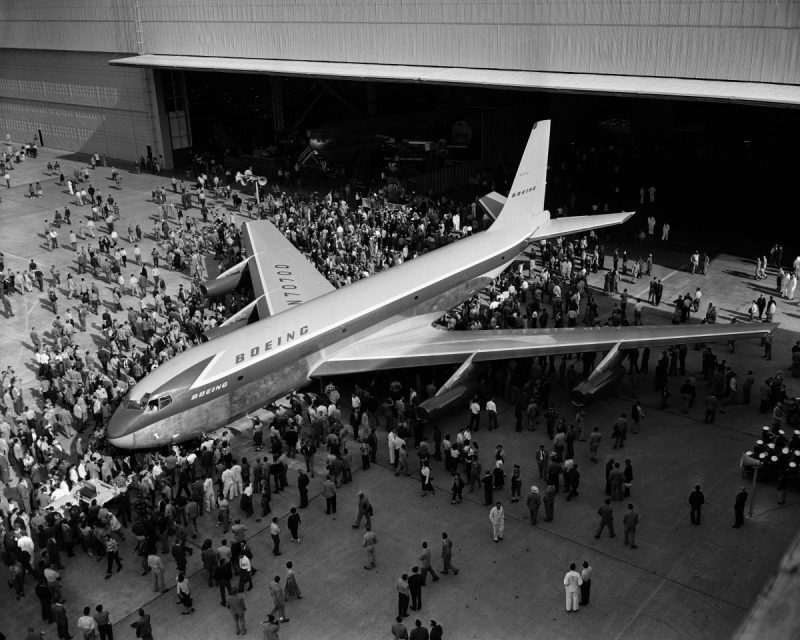
... Douglas DC-8, and...

... Later the Boeing 747 all had four engines. After all, if one engine fails, there are three more to keep the plane in the air.

As turbofan technology improved, smaller three-engine airliners such as the McDonnell-Douglas DC-10 and ...
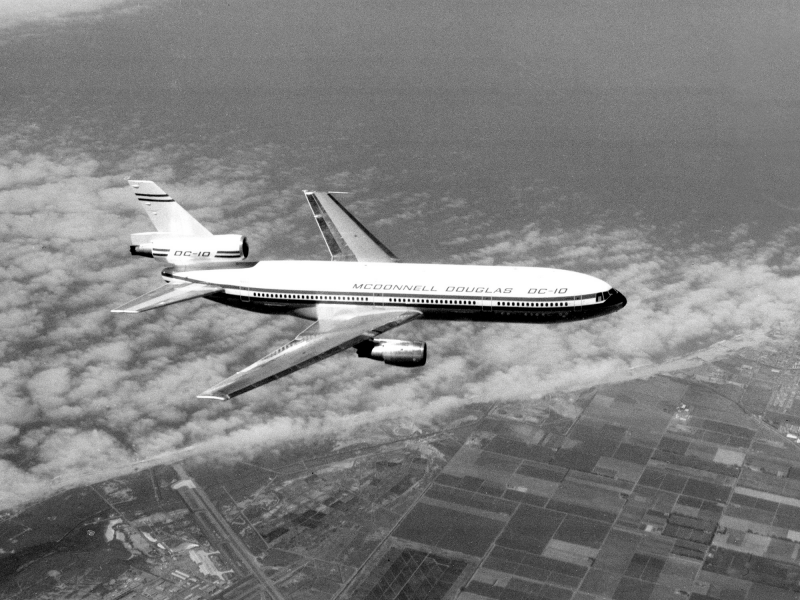
.... The Lockheed L-1011 Tristar became in vogue.
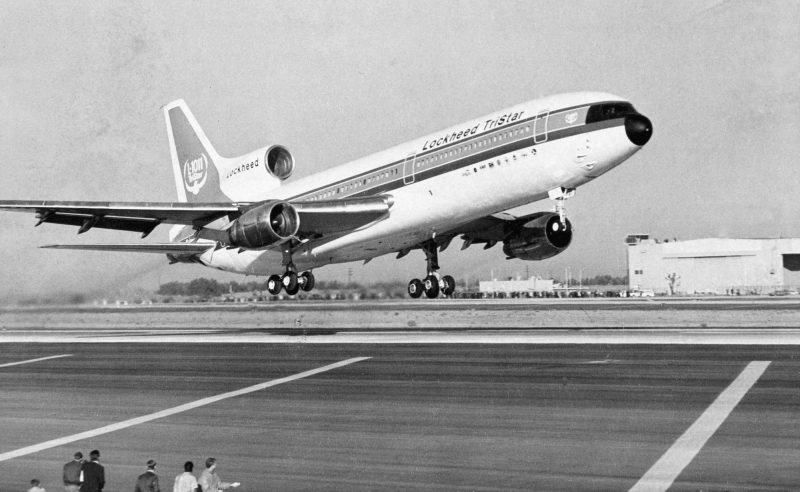
During that same period, early twin-engine wide-body jets such as the Airbus A300B2 were relegated to medium-haul routes.
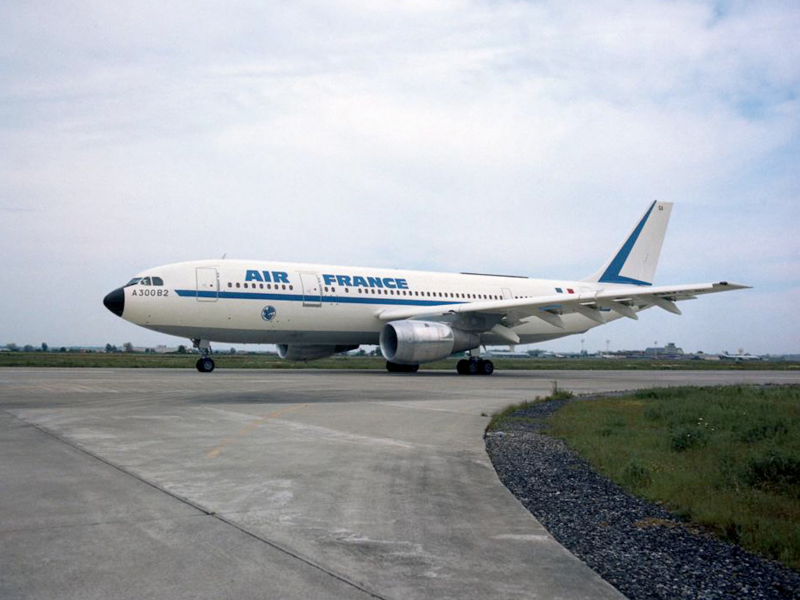
In 1985, the Federal Aviation Administration softened its restrictions on the routes twin-engine jets can fly by giving the 767 an ETOPS 120 rating. That allowed the 767 to operate routes with up to 120 minutes of single-engine flying time away from the nearest airport. This rule change allowed the 767 to cross the Atlantic: opening up a host of new opportunities for its operators.
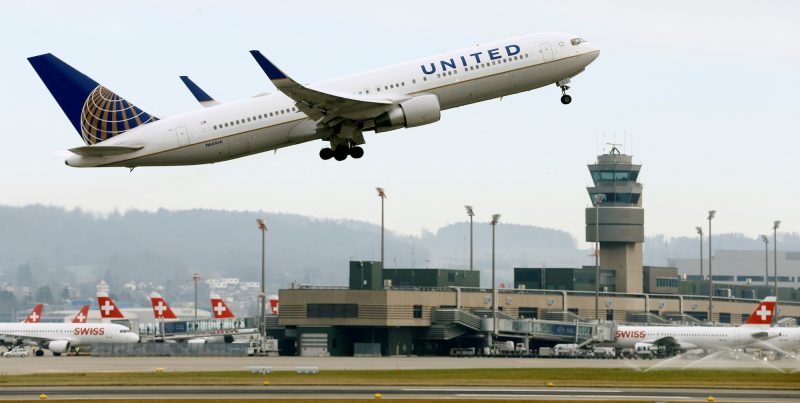
With the 777, Boeing was able to convince the government to give the plane an ETOPS 180 rating.
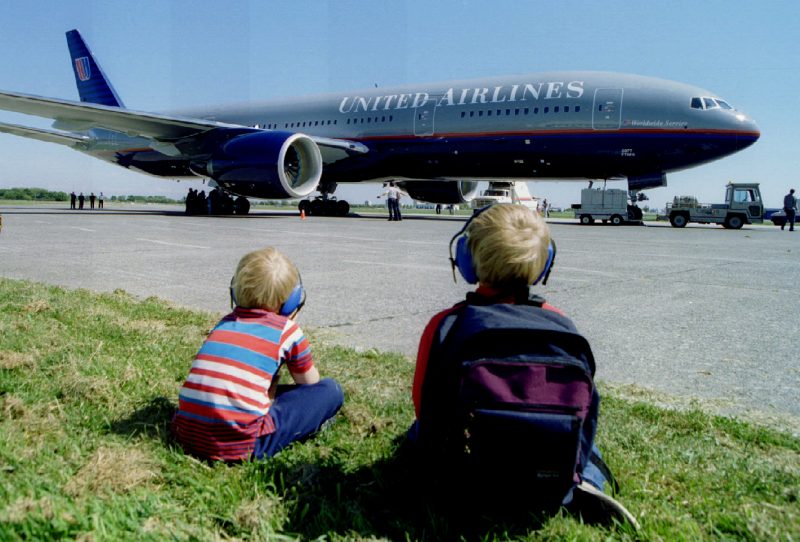
The rule change rendered modern three-engine airliners like the McDonnell-Douglas MD-11 obsolete overnight. They simply couldn't match the four-engine jumbo jets' people carrying ability. Nor could they match the twin-engine jets' lower cost and increased efficiency.
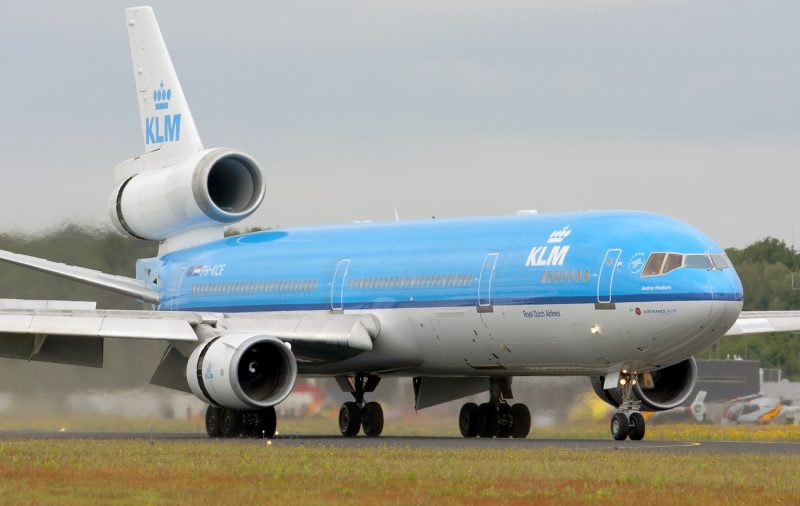
However, the four-engine jumbo jet wasn't immune to the market dominance of planes like the 777. Along with the twin-engine Airbus A330, the Boeing 777 has decimated four-engine passenger jet sales.
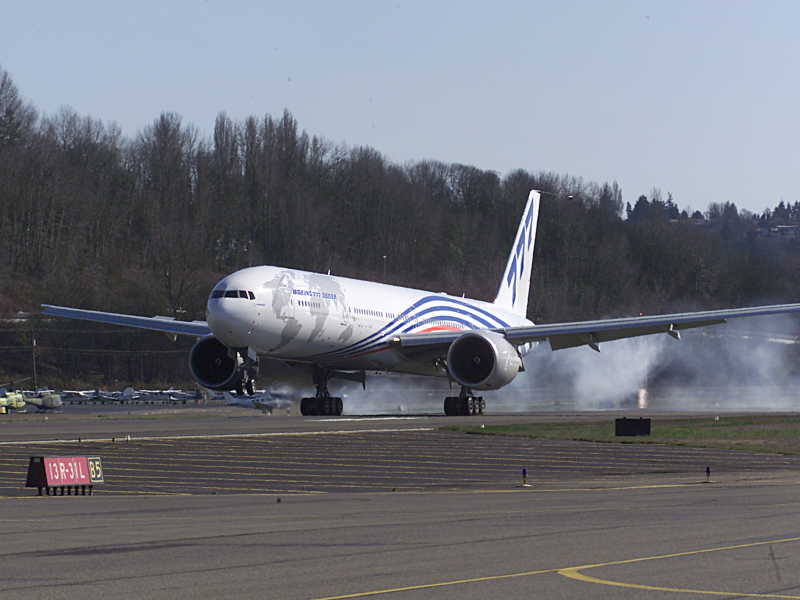
Even the record-breaking Airbus A380 superjumbo and ...

... The state-of-the-art Boeing 747-8 Intercontinental could not stop the success of the 777. Both have severely reduced their production rates to buy their sales teams more time to generate orders.
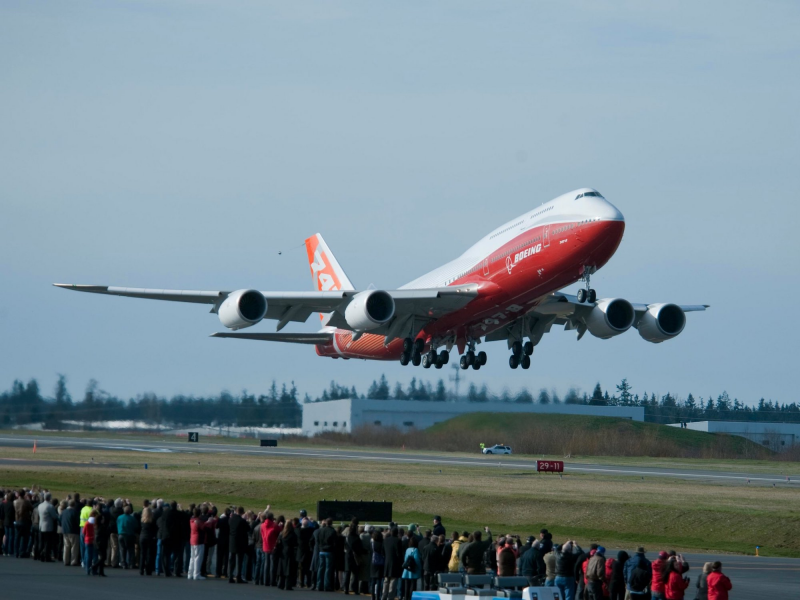
In 1996, Boeing rolled out a more potent version of the 777 with an even greater range called the 777-200IGW. It would later be renamed the 777-200ER for extended range.
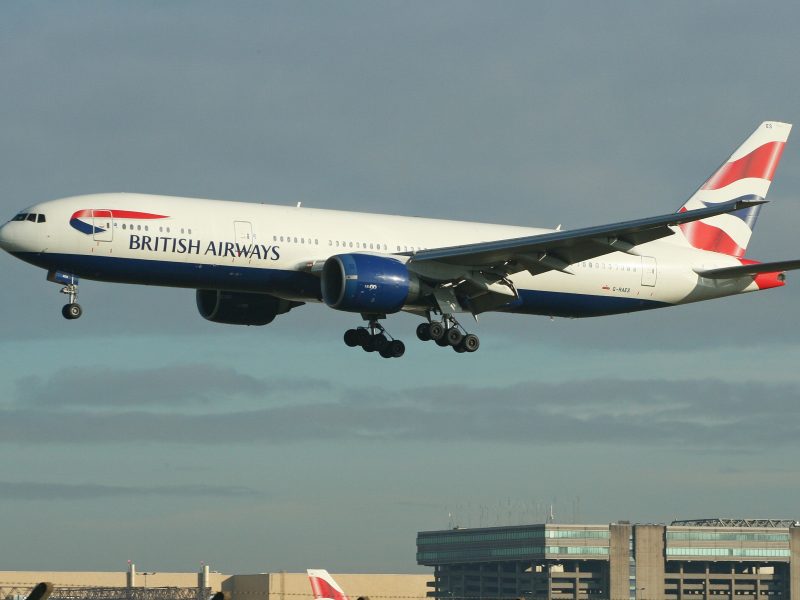
In 1998, Boeing's stretched the 777 to create the 550-seat 777-300.
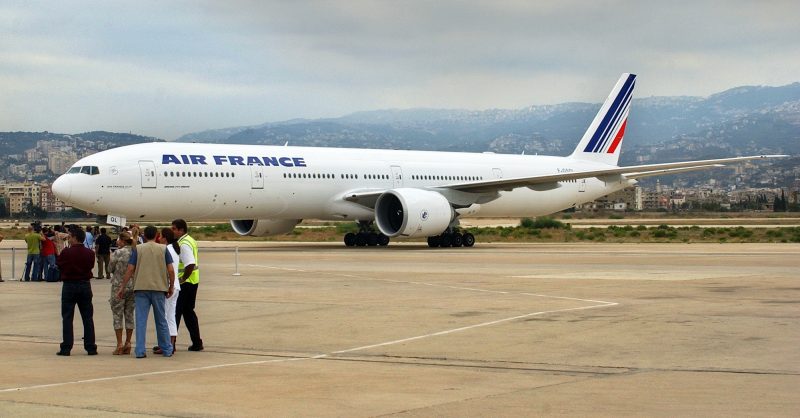
In 2002, Boeing really hit the sweet spot with the extended range version of the Dash 300 called the 777-300ER. With more than 800 sold, the 300ER is by far the most popular version of the 777.
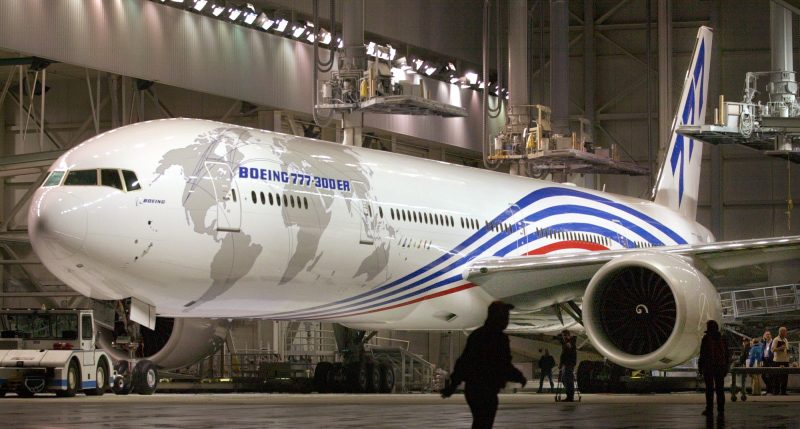
In 2006, Boeing introduced ultra-long-range 777-200LR.
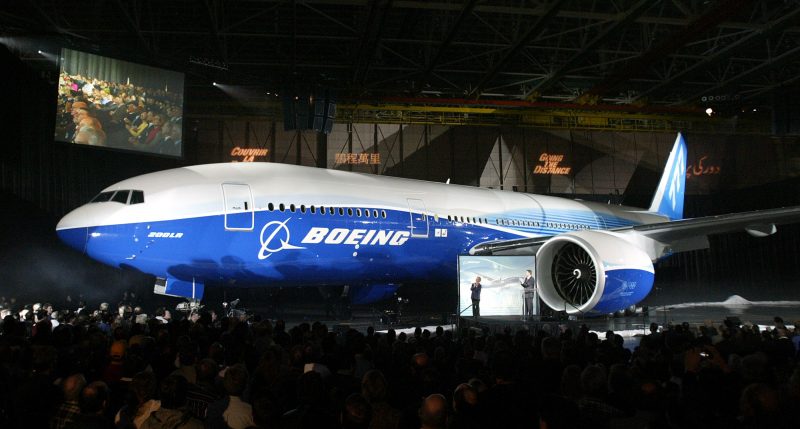
Also known as the WorldLiner, the 200LR can carry 301 passengers nearly 11,000 miles.

Today, the Boeing 777 is one of the most popular long-haul airliners in the world. It's in service with many of the world's most prominent airlines including American,...
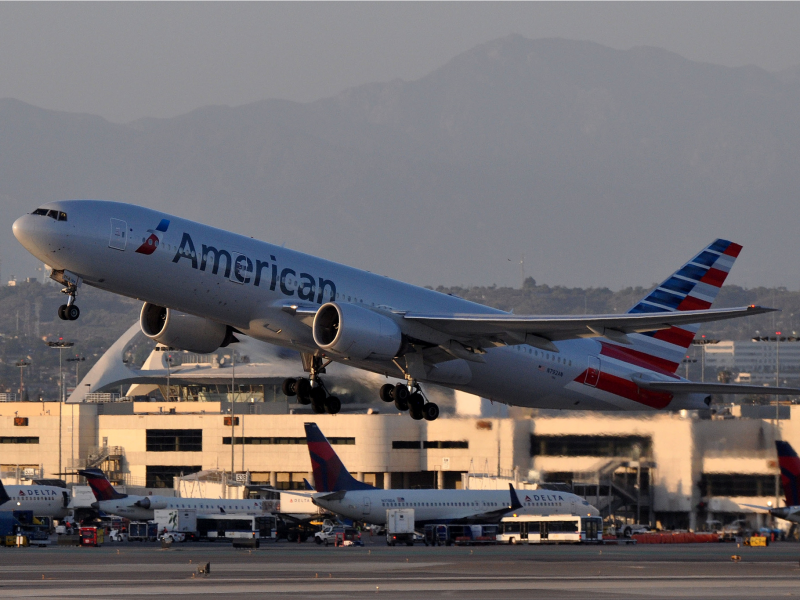
.... Delta,...
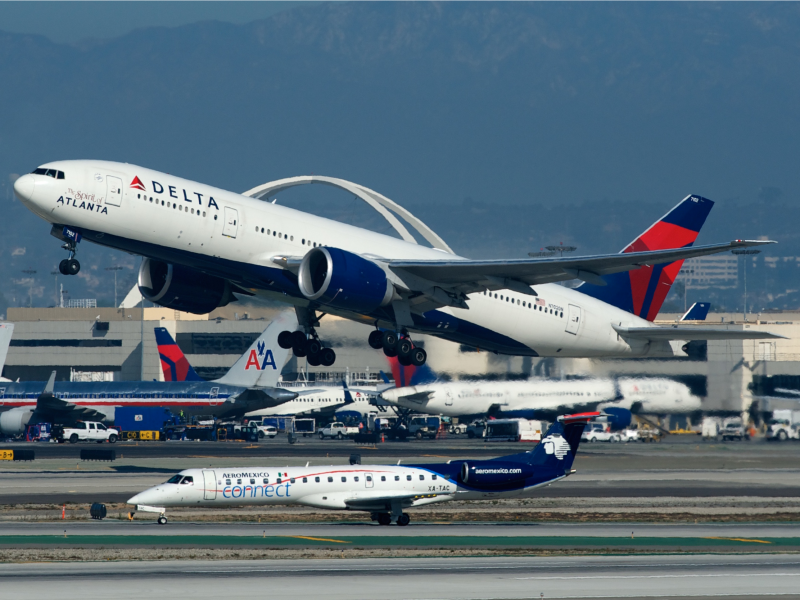
... United,...
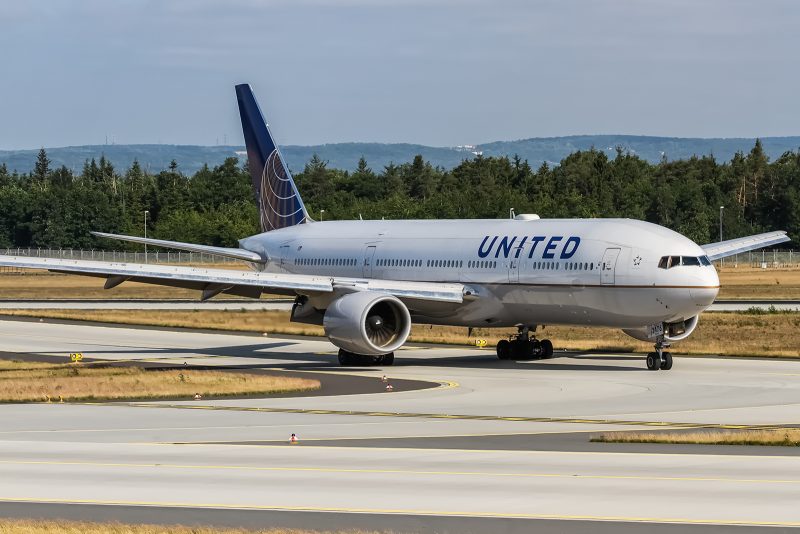
... Singapore,...
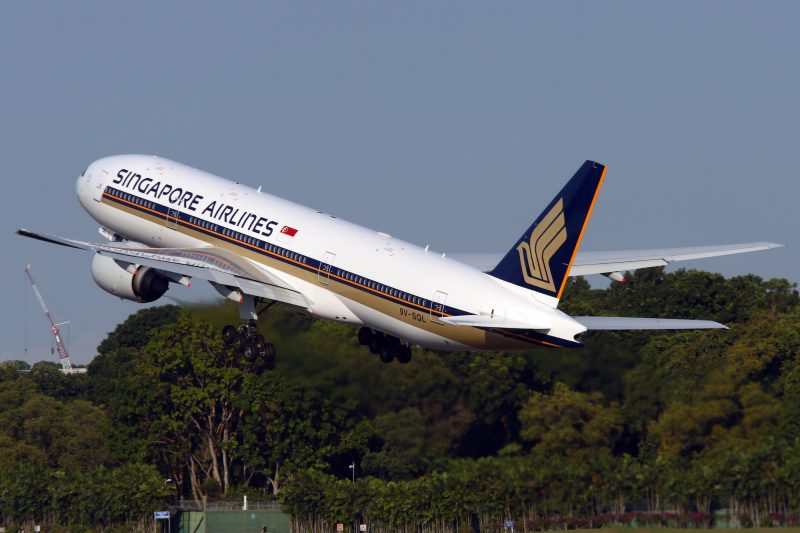
... Qatar,...
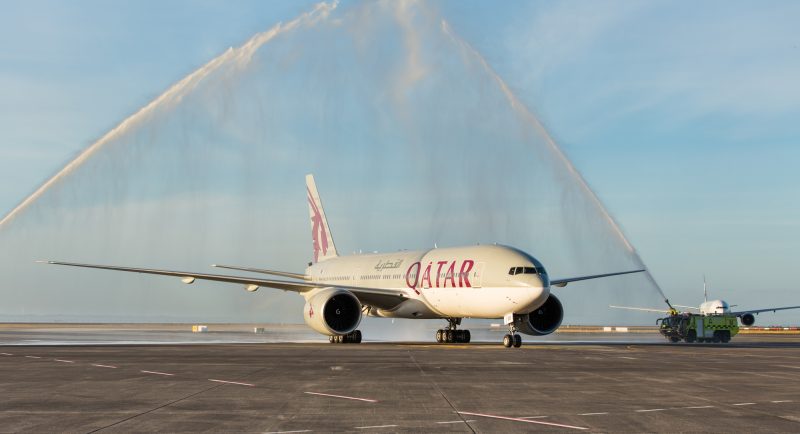
... Air France,...
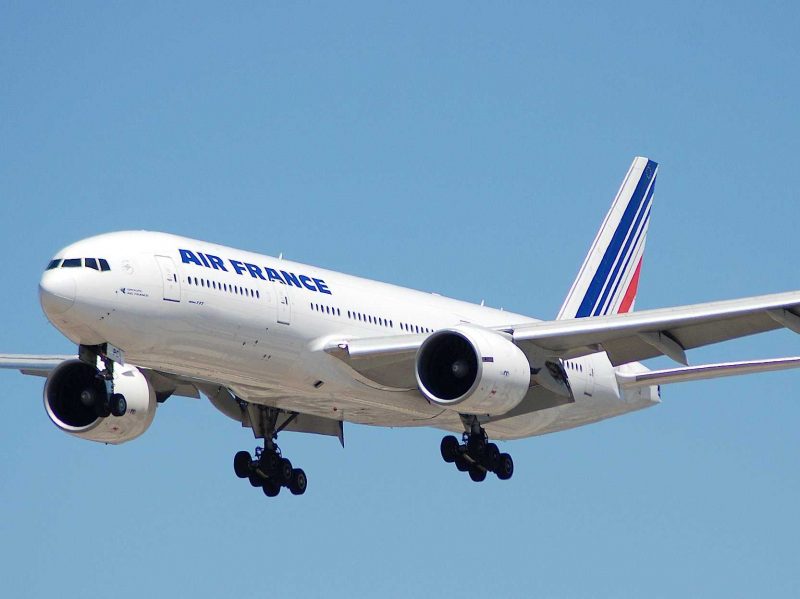
... Air China,...

... Air Canada,...

... Air New Zealand and,...
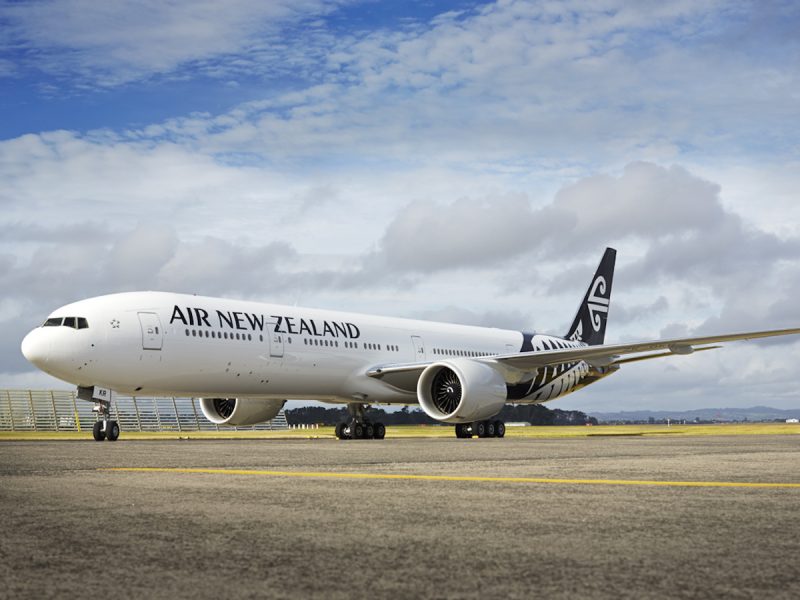
... Turkish Airlines.
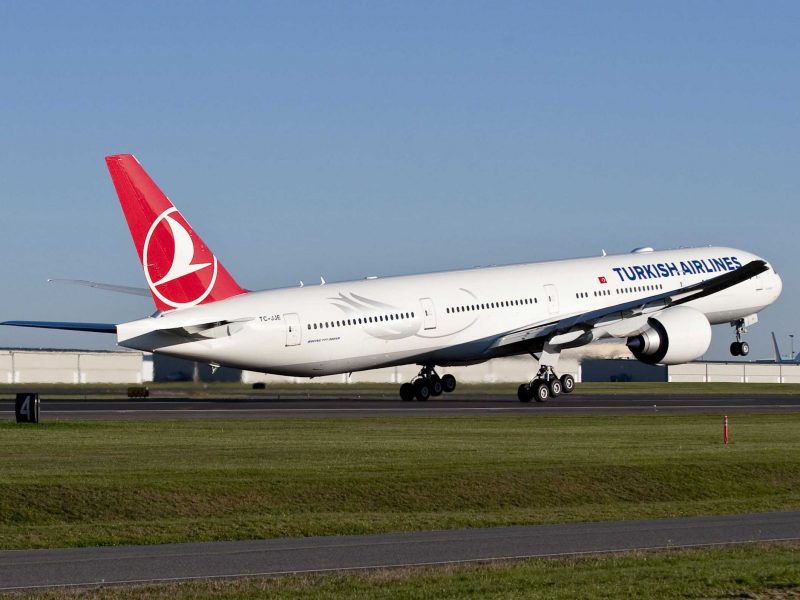
However, the 777 has no greater customer than Sheikh Ahmed bin Saeed Al Maktoum. In 1996, the Sheikh's small Dubai-based airline received its first 777-200.

Over the next two decades, Emirates would become a global aviation powerhouse. In the process, the airline would operate a fleet of more than 120 777s — the largest in the world.
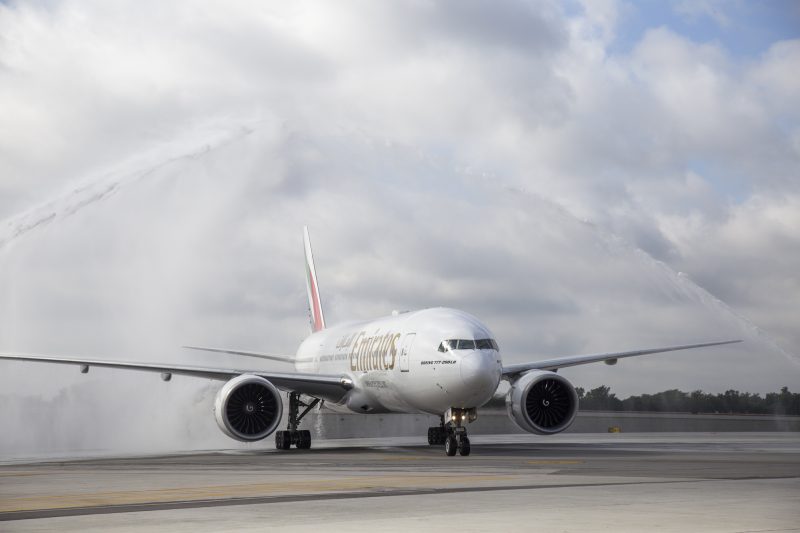
In fact, Emirates has accounted for roughly 15% of all 777s ever sold.
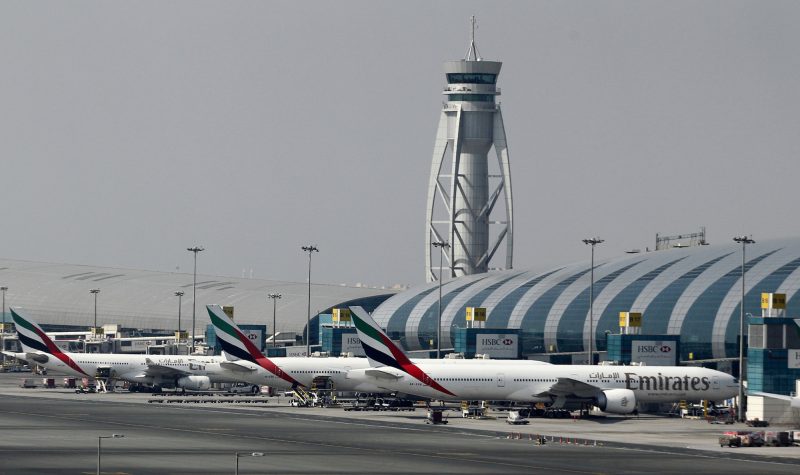
With more than two decades of service under its belt, the 777 is getting ready for a major makeover, In 2019, Boeing will introduce the next generation 777X. Unsurprisingly, half of the 777X pre-orders have come from the Dubai's Emirates.


